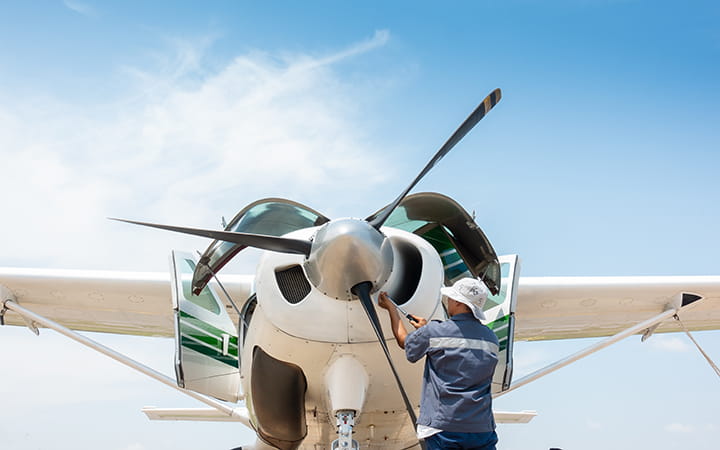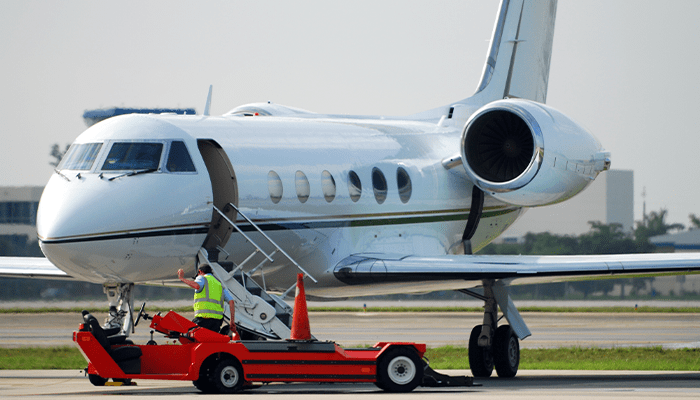
Maintaining Aircraft During a Stand Down
Many of us are in a stand down due to the COVID-19 pandemic of 2020. Some locations are on a prohibition from flight while some are just encouraged to maintain social distance. A few of the opportunities this presents to an aircraft owner or operator with aircraft in prolonged storage include:
- Engine Preservation
Generally, engines are not impacted by a short period of inactivity, although some turbine engines have maintenance manual limitations on inactivity and processes to be followed upon return to service which can impact future valuation. It may be beneficial to conduct regular ground runs if you do not intend to fly and have these documented in the aircraft records. A concern with this activity is that it can be out of your normal routine which often leads to unintended consequences. If you intend to conduct a ground run, we recommend conducting the activity just as you would a normal flight: pull the plane out, get a taxi clearance if applicable, head to the runup area and do your normal runup, then taxi back to the hangar just like you always do. Making up new procedures on the fly doesn’t always work out. If you keep it all ‘normal,’ you are more likely to get the expected result.
- Battery Maintenance
Batteries are expensive and critical to flight for many reasons. If you cannot conduct a ground run, it is usually a best practice to remove the battery for servicing. This gives you a good chance to clean the storage area, neutralize any acids or corrosion, conduct a proper charging, and reinstallation of the battery. There have been numerous unfortunate accidents caused in part by a dead battery either from hand-propping or incorrect ground power usage. If you can keep your battery in top shape, it helps to ensure a very normal cadence of flight operations.
- Good Time for an Annual?
Unfortunately, many of the aircraft mechanics are running full speed at this time, but if you can use the downtime for any upgrades or periodic maintenance, it can keep your mind occupied. Perhaps it is a good time to replace and paint wheels during a tire change or rebalance.
- Caution for Critters
In cases where the hangar or tie-down may be unattended for a longer period of time, some thought should be given to prevention of infestation by birds, bees, rodents and the like. A good set of engine or nacelle plugs goes a long way and sometimes you can quickly build a set of tire barriers from thin sheet metal to prevent ground-based creatures from crawling up the landing gear into the aircraft.
Properly maintaining your aircraft, whether in a stand down or not, is critical to aviation safety. To learn more about protecting your equipment on the ground and in the air, contact the AssuredPartners Aerospace specialists.
Featured News & Insights

Insurance is a crucial part of financial planning, providing peace of mind and protection against unforeseen events. However, not all insurance brokers operate with integrity. Some brokers exploit...

The Broker of Record (BOR) letter is one of the most powerful and abused documents in the insurance industry. Unfortunately, many less-than-scrupulous brokers convince insurance buyers to sign this...

When most folks think of Personal Injury liability, they think of late-night commercials or unending billboards advertising personal injury attorneys who want to represent them when they have been...